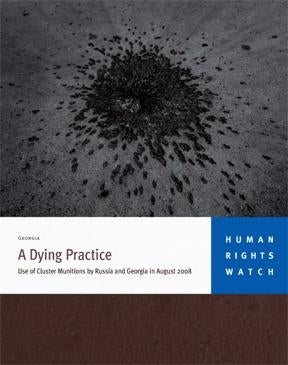Destroying Cultural Heritage
Explosive Weapons’ Effects in Armed Conflict and Measures to Strengthen Protection


Explosive Weapons’ Effects in Armed Conflict and Measures to Strengthen Protection


This 47-page report documents a dozen airstrikes on the Houthi stronghold that destroyed or damaged civilian homes, five markets, a school, and a petrol station, though there was no evidence these sites were being used for military purposes. These strikes killed 59 people, reported to have been civilians between April 6 and May 11. At least 35 children were among those killed.
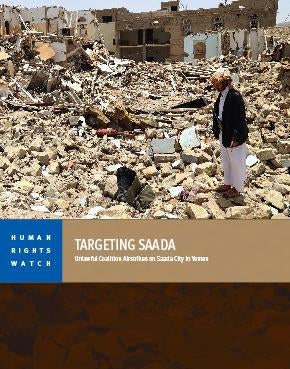
This 38-page report details significant hurdles to assigning personal accountability for the actions of fully autonomous weapons under both criminal and civil law. It also elaborates on the consequences of failing to assign legal responsibility. The report is jointly published by Human Rights Watch and Harvard Law School’s International Human Rights Clinic.

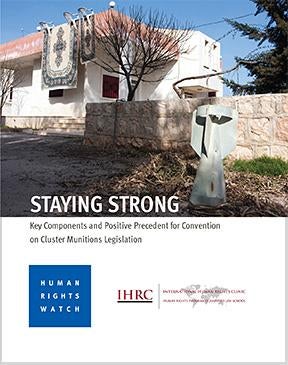
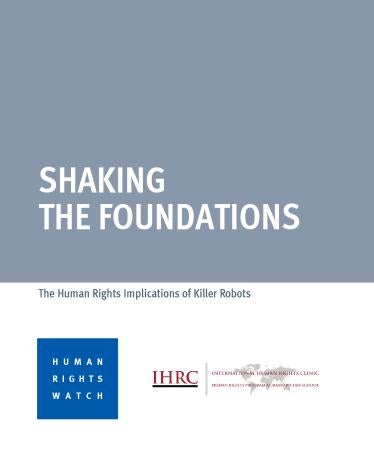
The 97-page report examines six US targeted killings in Yemen, one from 2009 and the rest from 2012-2013. Two of the attacks killed civilians indiscriminately in clear violation of the laws of war; the others may have targeted people who were not legitimate military objectives or caused disproportionate civilian deaths.
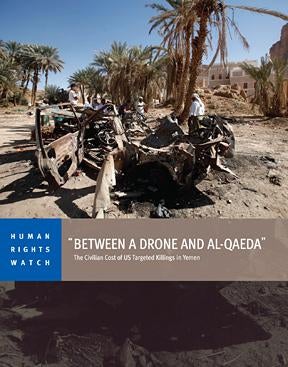
This 22-page report documents two alleged chemical weapons attacks on the opposition-controlled suburbs of Eastern and Western Ghouta, located 16 kilometers apart, in the early hours of August 21, 2013.
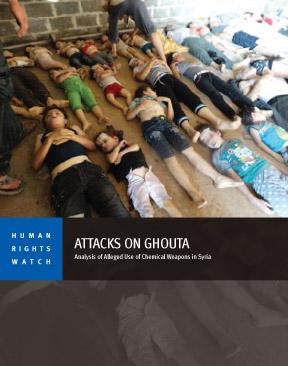
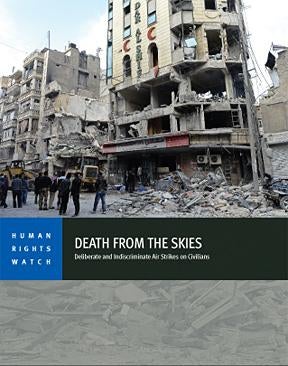
This 50-page report outlines concerns about these fully autonomous weapons, which would inherently lack human qualities that provide legal and non-legal checks on the killing of civilians. In addition, the obstacles to holding anyone accountable for harm caused by the weapons would weaken the law’s power to deter future violations.
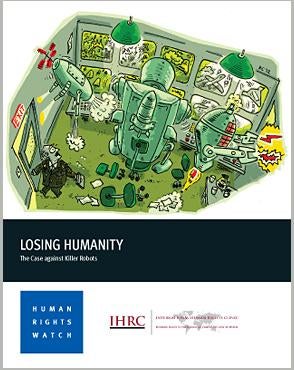
This 73-page report details the brutal crackdown that followed a series of violent attacks on military installations around the country in August. The attacks were allegedly committed by militants loyal to former President Laurent Gbagbo.
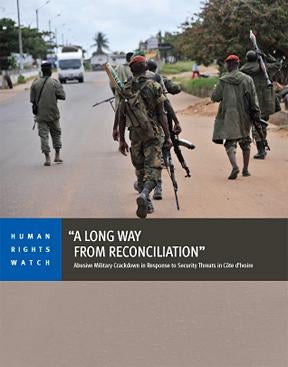
The 60-page report documents human rights abuses against activists in India’s Orissa, Jharkhand, and Chhattisgarh states. Human Rights Watch found that grassroots activists who deliver development assistance and publicize abuses in Maoist conflict areas are at particular risk of being targeted by government security forces and Maoist insurgents, known as Naxalites.
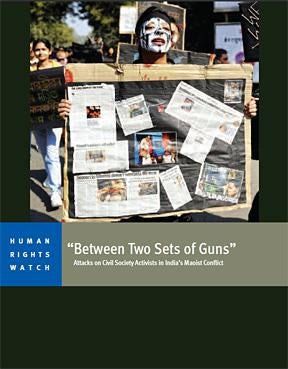
<p>This report examines in detail eight NATO air strikes in Libya that resulted in 72 civilian deaths, including 20 women and 24 children. It is based on one or more field investigations to each of the bombing sites during and after the conflict, including interviews with witnesses and local residents.</p>
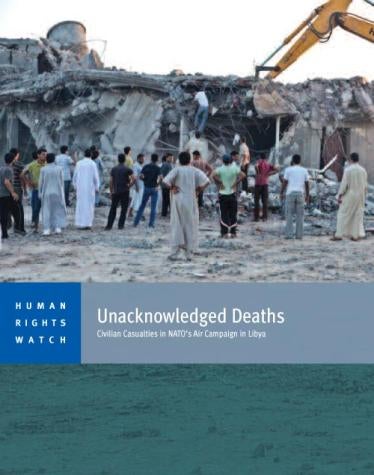
This book is the culmination of a decade of research by Human Rights Watch. It details the humanitarian toll of cluster munitions, analyzes the international process that resulted in the treaty successfully banning them, and presents the steps that nations that have signed the convention should take to fulfill its promise.
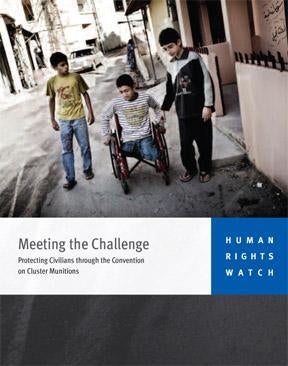
This 31-page report documents attacks by Hamas and other Palestinian armed groups since November 2008 that killed three Israeli civilians and seriously injured dozens of others, damaged property and forced residents to leave their homes. The rockets unlawfully struck populated areas up to 40 kilometers inside Israel, placing roughly 800,000 Israeli civilians at risk.
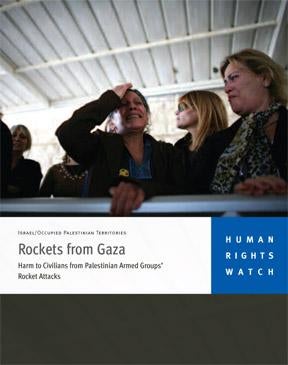
This 39-page report details six incidents resulting in 29 civilian deaths, among them eight children. Human Rights Watch found that Israeli forces failed to take all feasible precautions to verify that these targets were combatants, as required by the laws of war, or that they failed to distinguish between combatants and civilians.
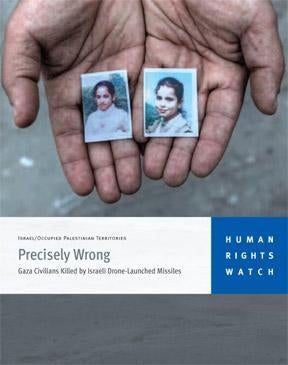
This 80-page report is the first comprehensive report on cluster munition use by Russia and Georgia in their week-long conflict over the separatist enclave of South Ossetia. Human Rights Watch field investigations in August, September, and October 2008 documented dozens of civilian deaths and injuries from the use of cluster munitions, including casualties after the fighting ended.
